43 school lunch nutrition facts
Parents: Ever wonder the nutritional information on the school lunch menu items? Click the link below! Nutritional Information for School Lunch Menu items . Mailing Address. 2940 Baranof Ave. Ketchikan, AK 99901 . View Map to Visit Central Office. Get in Touch. Phone: (907) 225-4128. Fax: (907) 225-7925. Email Us. We serve a variety of vegetables from five different subgroups, ensuring our students receive a diverse nutrient profile (dark green, red-orange, beans-legumes, starchy, and others.) Fiber All bread and grains offered are at least 51% whole grain-rich and contain at least 2g of fiber per serving. Sustainable and Local Food
The National School Lunch Program provides low-cost or free school lunches to 31 million students at more than 100,000 public and private schools per day. Meals must meet nutritional standards based on the Dietary Guidelines for Americans. Participating schools receive approximately $1.30 to spend for each child.
School lunch nutrition facts
School lunches include more whole grains - Whole grains provide a variety of nutrients as well as fiber. Fiber helps keep children fuller longer so that they can focus on what is being taught in the classroom, not on their growling stomachs. The NSLP is requiring schools to make at least half of the grains served at lunch whole. Lunch Lady Nutrition Facts SVG - Lunch Lady SVG - School SVG ***IMPORTANT*** This is a digital download. You will NOT be receiving a physical product. Please check (and double check) the file formats before purchasing. This item is ONLY created for the customer to use with their cutting machine software (Silhouette Studio or Cricut Design Space). To receive federal reimbursements, school meal programs must offer "reimbursable" meals that meet strict federal nutrition standards. These standards, also referred to as "the meal pattern," require schools to offer students the right balance of fruits, vegetables, low-fat or fat-free milk, whole grains and lean protein with every meal.
School lunch nutrition facts. High school lunch calorie range: 750-850; Snacks and Beverages. All food served or sold on school grounds to be consumed during the school day, including items in vending machines, à la carte and school stores, must follow the same high nutritional standards as food served during breakfast and lunch. The school day is defined as midnight to ... Fresh fruits, fresh vegetables, fat-free and 1% milk, and peanut butter (or Sun Butter®) and jelly sandwiches are served every day in addition to our core menus. See each month's core menu and nutritional information for your child's school below. School Lunch Solutions is dedicated to partnering with Schools to provide items that correspond with new 2021-2022 Regulations. Home; About; Products; Contacts; Our Products. 262: Cheese Lasagna Rollups 3.5 oz: Nutrition: 305: Torpedo Hushpuppies: 552CE: Pork Sausage Gravy: Nutrition: 579CE: Beef Chili with Beans: Nutrition: 670: Cheese ... Regulations also establish a standard for school lunches to provide one-third of the Recommended Dietary Allowances of protein, Vitamin A, Vitamin C, iron, calcium, and calories.
School lunch is critical to overall student health and well-being. It ensures that students have the nutrition they need throughout the long school day to learn to their greatest capacity. Research shows that consuming breakfast and lunch in school decreases food insecurity and poor health outcomes. Final Rule: Child Nutrition Program Flexibilities for Milk, Whole Grains, and Sodium Requirements; Nutrition Standards in the National School Lunch and School Breakfast Programs (1/26/12) Policy Memos. SP 53 CACFP 21-2016: Crediting Tofu and Soy Yogurt Products in the School Meal Programs and the CACFP School lunch menus get temporary revamp via new USDA rule. Link Copied! Amid pandemic and supply chain chaos, USDA "transitional" rule will increase whole grains and reduce sodium in school meals, while aiming for permanent change in two years. The Department of Agriculture (USDA) on Friday morning announced a set of "transitional ... Most US children attend school for 6 hours a day and consume as much as half of their daily calories at school. A healthy school nutrition environment provides students with nutritious and appealing foods and beverages, consistent and accurate messages about good nutrition, and ways to learn about and practice healthy eating throughout the time children spend on school grounds—including ...
Regardless of Free & Reduced Lunch eligibility, lunches will be free for all students for the 2021-2022 school year when served in school. There will not be any a-la-cart items for purchase at the start of the school year and there also will not be any meals available for pick-up or delivery. Pizza with pepperoni, thin crust, from school lunch nutrition facts and analysis. Daily values are based on 2000 calorie diet and 155 lbs body weight . Actual daily nutrient requirements might be different based on your age, gender, level of physical activity, medical history and other factors. recommend that people aged 2 years or older follow a healthy eating pattern that includes the following 2: A variety of fruits and vegetables. Whole grains. Fat-free and low-fat dairy products. A variety of protein foods. Oils. Nutrition Facts Serving Size 3.9oz (113g) Calories 330 Total Fat 11g Cholesterol 30mg Sodium 400mg Carbohydrates 51g Sugars 16g Protein 8g Allergins Egg, Milk, Wheat Baked Potato Soup Ingredients Water Potatoes Heavy Cream Potato Buds Cheddar Cheese Sour Cream Scallions Bacon Chicken Broth White Pepper Nutrition Facts Serving Size 8oz (227g)
Nutritional Facts for School Lunch Programs Page 2 Meat/Meat Alternate • School meals must contain a meat/meat alternate item daily. Each child must take a minimum per day, grades K-8, 1 ounce equivalent; grades 9-12, 2 ounces equivalent. Fluid Milk • School meals must offered a variety of flavored milk daily.
• Fruits • Vegetables • Grains • Meats/Meat Alternates • Fluid Milk (1% or fat-free white or fat-free flavored) Under the guidelines of the National School Lunch Program, students must take at least 3 components in the required serving sizes. One of the selections must be ½ cup from either the fruit or vegetable component.
Categorized by food type, the USDA Foods Product Information Sheets describe the items expected to be available for schools and institutions participating in the Child and Adult Care Food Program, the National School Lunch Program, the Summer Food Service Program, and other child nutrition programs. Fruits. Grains. Meat/Meat Alternates.
Nutrition Information for School Lunch Program Foods Pizza Double Cheese Schwanns 1 serving 40g Pizza pre‐sliced Big Daddy's 1 slice (1/10 o39g Pizza sauce Ragozzini 1/2 cup 6g Pork Chop Breaded JTM 3.60oz 14g 280 17g 17g 420mg 1g 1g Potato‐ Regular Fries McCain 3 oz (85G) 18g 120 2g 4.5g 35mg 0g 2g
Through the National School Lunch and School Breakfast Programs, over 33 million meals are served every day to America's children. Although school cafeterias are sometimes accused of offering only unhealthy foods, and many people have heard jokes about "mystery meat," in fact, most school cafeterias offer a wonderful variety of nutritious foods.
The school food standards apply to all maintained schools, and academies that were founded before 2010 and after June 2014. They must provide: high-quality meat, poultry or oily fish. fruit and ...
nutrition standards for school meals. Schools participating in the National School Lunch and School Breakfast Programs must meet the following standards. Note: Due to the pandemic, states can provide specific, targeted flexibility to schools facing challenges in meeting these requirements through School Year 2021/22.
Regulations also establish a standard for school lunches to provide one-third of the Recommended Dietary Allowances of protein, Vitamin A, Vitamin C, iron, calcium, and calories." That means that, overall, school meals are very balanced, according to Alexis Steines, Public Affairs Associate for the School Nutrition Association in Washington DC.
Detailed menu descriptions and nutrition information is given for each meal The LunchMaster is a peanut-free facility We do not serve fried food. Even our french fries are oven-baked! All menu items are compliant with State and Federal regulations, including the National School Lunch Program (NSLP)
The Healthy, Hunger-Free Kids Act 2010 established new nutritional standards for school lunches. Under the new standards, school lunches must provide one-third of a child's daily recommended intake for protein, vitamins A and C, iron and calcium, while limiting overall fat to 30% or less, and saturated fat to 10% or less of the calories over the course of a week.
To receive federal reimbursements, school meal programs must offer "reimbursable" meals that meet strict federal nutrition standards. These standards, also referred to as "the meal pattern," require schools to offer students the right balance of fruits, vegetables, low-fat or fat-free milk, whole grains and lean protein with every meal.
Lunch Lady Nutrition Facts SVG - Lunch Lady SVG - School SVG ***IMPORTANT*** This is a digital download. You will NOT be receiving a physical product. Please check (and double check) the file formats before purchasing. This item is ONLY created for the customer to use with their cutting machine software (Silhouette Studio or Cricut Design Space).
School lunches include more whole grains - Whole grains provide a variety of nutrients as well as fiber. Fiber helps keep children fuller longer so that they can focus on what is being taught in the classroom, not on their growling stomachs. The NSLP is requiring schools to make at least half of the grains served at lunch whole.


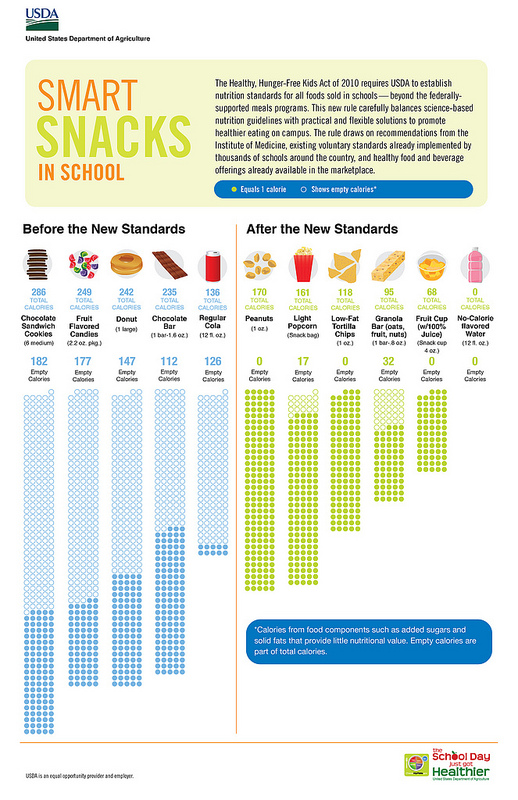











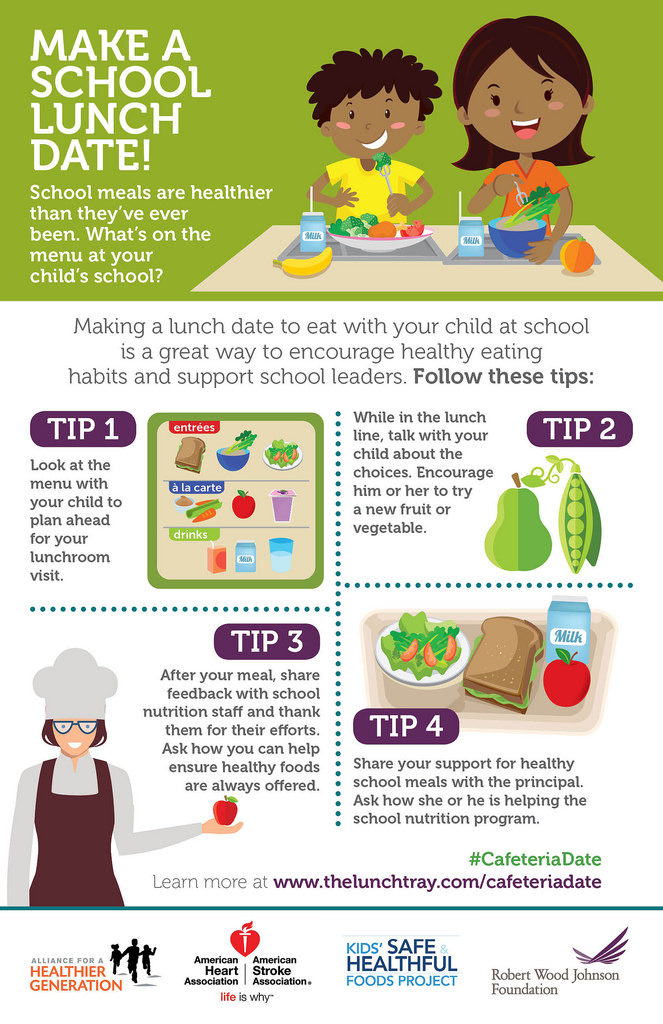


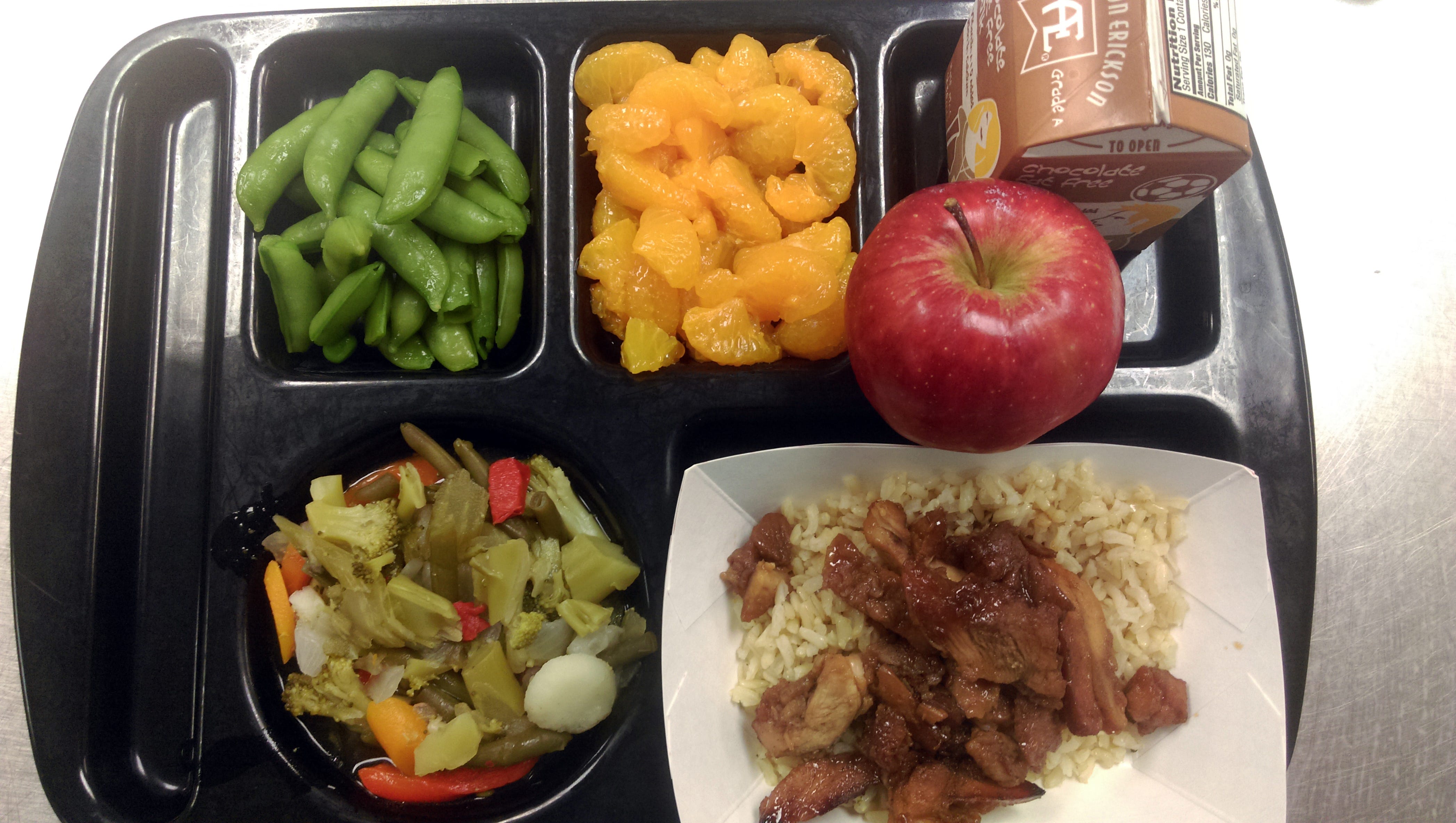


:no_upscale()/cdn.vox-cdn.com/uploads/chorus_image/image/62823412/GettyImages_626407400.0.0.jpg)


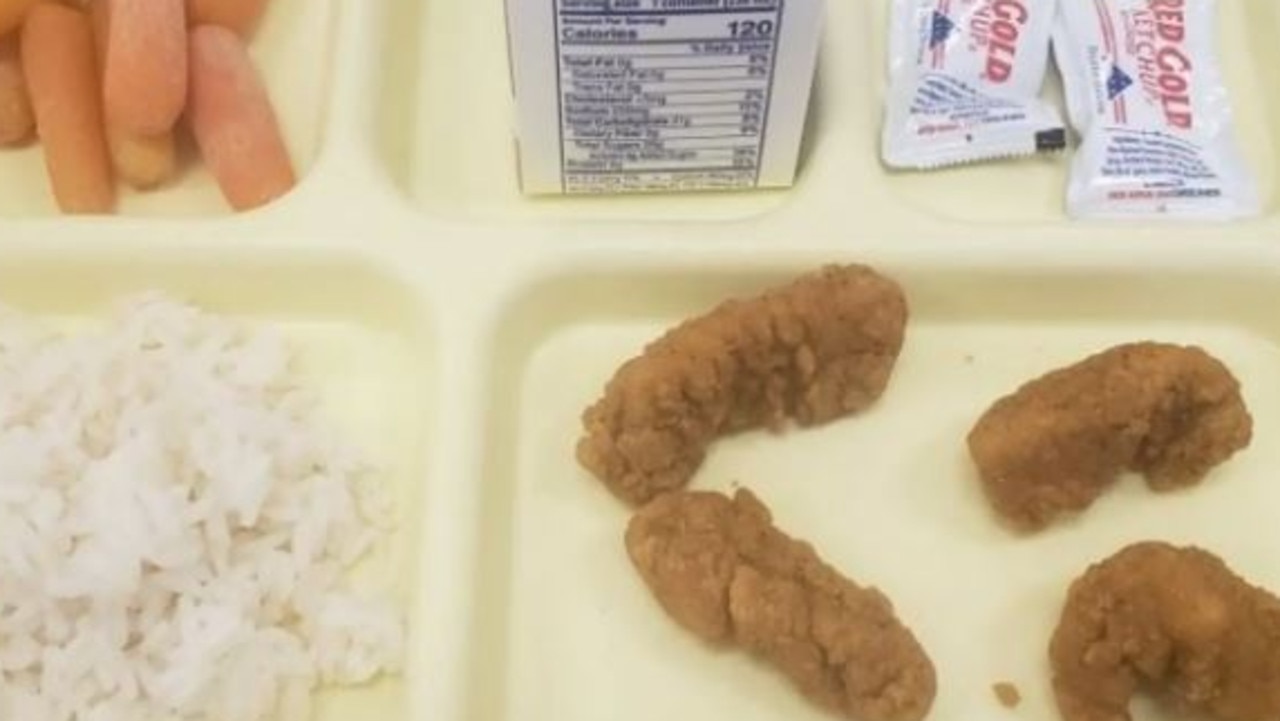

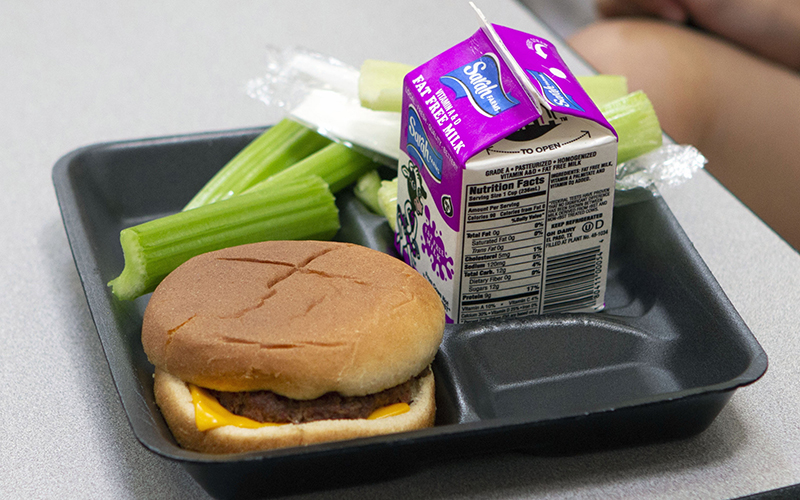

/cdn.vox-cdn.com/uploads/chorus_asset/file/19900665/GettyImages_1213017507.jpg)

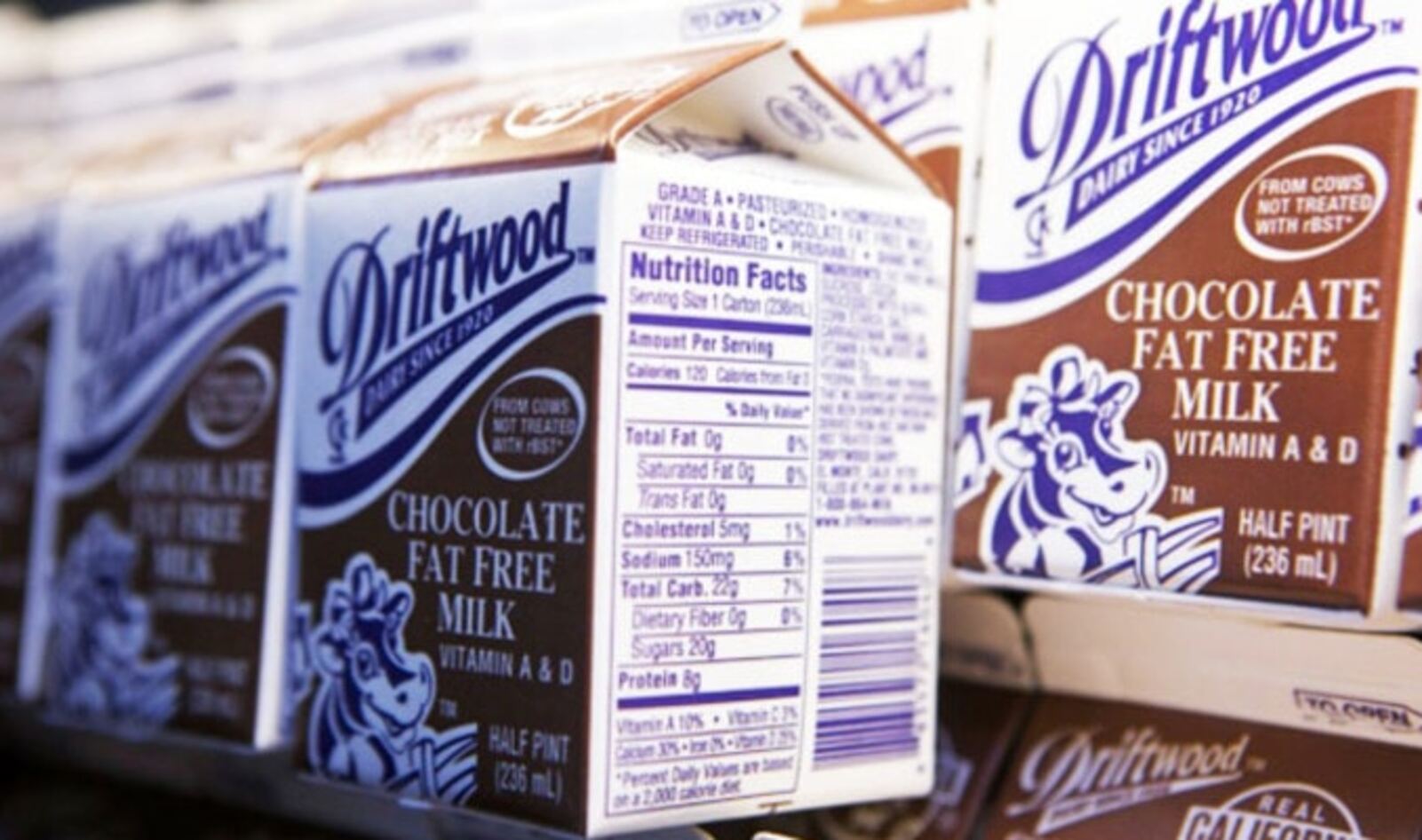






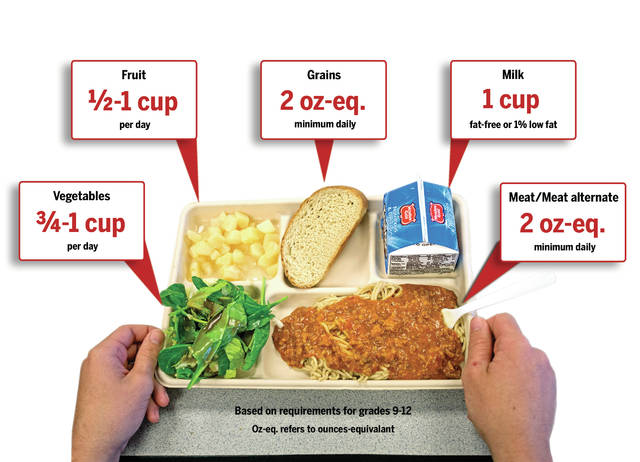
0 Response to "43 school lunch nutrition facts"
Post a Comment